HOT SEASON – March, April, May, June.
Heat climbs quickly and is quite oppressive due to the dense humidity in this region. Rains happen occasionally and only add to the humidity. You’ll want light, quick-dry fabrics, comfortable sandals that strap on, a good sun hat, cute sunglasses, and plenty of sweat-resistant (and reef-safe!) sunscreen.
Visiting temples always requires fairly modest attire, so plan to bring lightweight items like linen shirts, linen pants, and maxi-skirts to cover you up but allow you to stay cool at the same time.
Hydration is also key, so bring a water bottle to ensure you always have a supply of safe drinking water! Temperatures average between 85°F to 90°F (29°C to 32°C) with April and May being the hottest months.
WET or MONSOON SEASON:
Andaman (West) Coast: June, July, August, September, sometimes October.
Thai Gulf (East/South) Coast: September, October, November, and December.
Heavy rains and rough seas are typical of this season. In some parts of Thailand, rains come in heavy spurts and go as quickly as they come. In other parts, you’ll see longer, somewhat mild storms that can last for days.
Flooding is common regardless of area, and the temperature is still quite warm – humidity makes it feel warmer! Wet season timing can vary from year to year, so be sure to do some research and look at the forecasts before you go.
You will absolutely need a windproof umbrella and a dependable rain jacket. You should also plan to bring a couple of pairs of shoes – waterproof hiking shoes are great, and sandals that strap on snugly and can be dried quickly are also a good idea. Temperatures average between 80°F to 90°F (27°C to 32°C).
COOL SEASON – November, December, January, February.
In several areas of Thailand, the temperatures will drop a bit during this season, and drier air will move in. Don’t expect it to be too cool, though, unless you’re at a higher elevation and further north for an extended period of time.
As always, it’s a good idea to look up the forecast to get a ballpark temperature estimate for the area you’ll be visiting.
Everyone reacts to temperatures differently, so you’ll want to pack according to your comfort level in the expected temps, and bring a rain jacket just in case. Long-sleeved, lightweight shirts are great as long as they can dry quickly.
Linen pants are perfect, and good walking shoes are always crucial. You’ll still have plenty of sun, so be sure to pack a sun hat, sunglasses, and sunscreen! Temperatures average around 78°F (26°C) in most areas, with a colder snap for about a week in December.





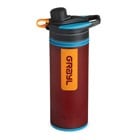
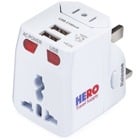




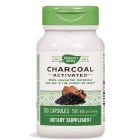


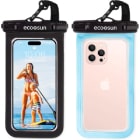




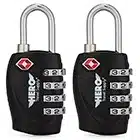
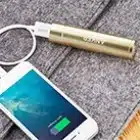

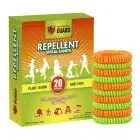
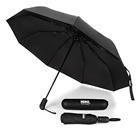





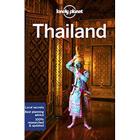
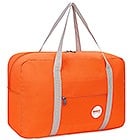





























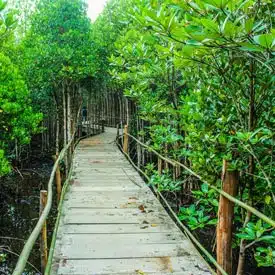




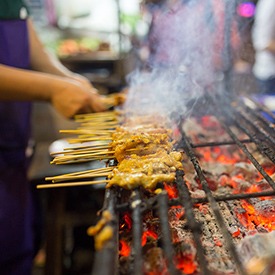
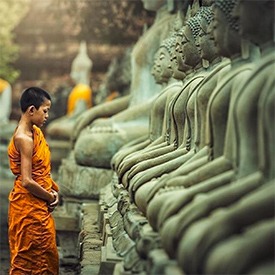 Similarly, avoid using your feet to move or pick up objects, and do not step over people or even objects on the floor.
Similarly, avoid using your feet to move or pick up objects, and do not step over people or even objects on the floor.